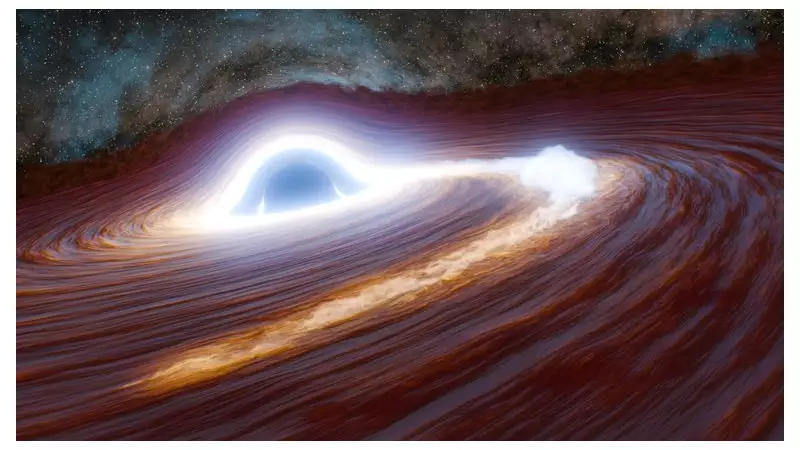
In an extraordinary celestial event that has left astronomers breathless, Earth has been struck by the most powerful flare ever recorded from a supermassive black hole. The unprecedented cosmic explosion, detected by scientists at the Palomar Observatory in California, has rewritten our understanding of these mysterious cosmic giants.
The Night the Sky Came Alive
On an ordinary evening of astronomical observation, researchers witnessed something truly extraordinary. A distant supermassive black hole, located billions of light-years away, unleashed a flare of such intensity that it temporarily outshone the combined light of every star in its host galaxy.
"We've never seen anything like this before," exclaimed Dr. James Davenport, one of the lead researchers. "The sheer power of this eruption challenges everything we thought we knew about black hole behaviour."
Unprecedented Cosmic Power
The flare originated from a blazar - a supermassive black hole pointing directly at Earth - making the effects visible to our planet-based observatories. What made this event particularly remarkable was its duration and intensity, characteristics that have never been documented in previous observations.
Scientists recorded the phenomenon using the Zwicky Transient Facility's advanced camera system, which captured the event in stunning detail. The data revealed energy emissions across multiple wavelengths, providing researchers with a comprehensive view of this cosmic powerhouse in action.
What This Means for Science
This groundbreaking discovery offers several important implications for astrophysics:
- New understanding of black hole mechanics and their energy release patterns
- Insights into cosmic particle acceleration and high-energy physics
- Improved models for predicting future cosmic events
- Enhanced knowledge about the evolution of supermassive black holes
The research team continues to analyse the data, hoping to unlock more secrets about these enigmatic cosmic objects that dominate the centres of galaxies throughout the universe.





